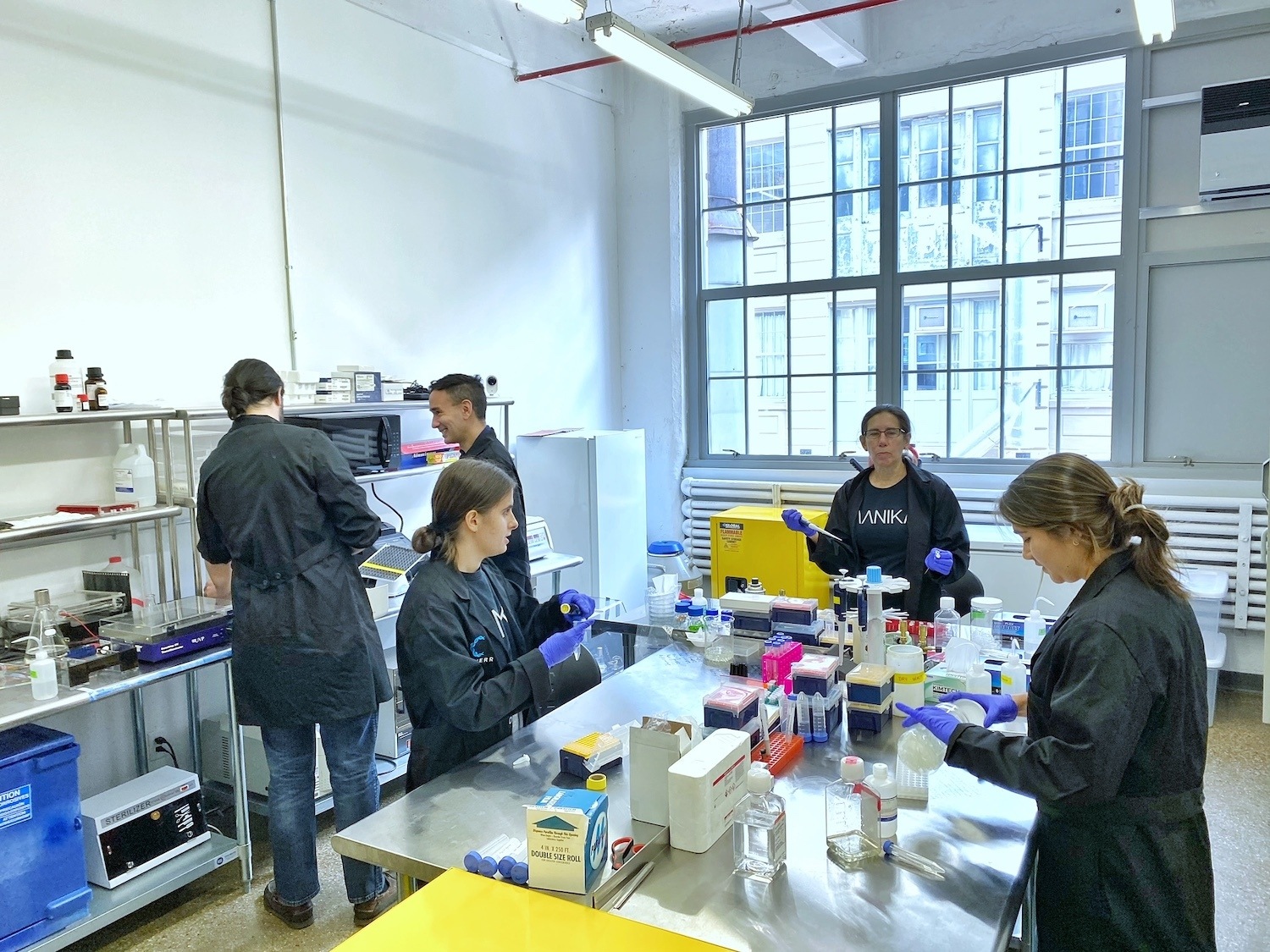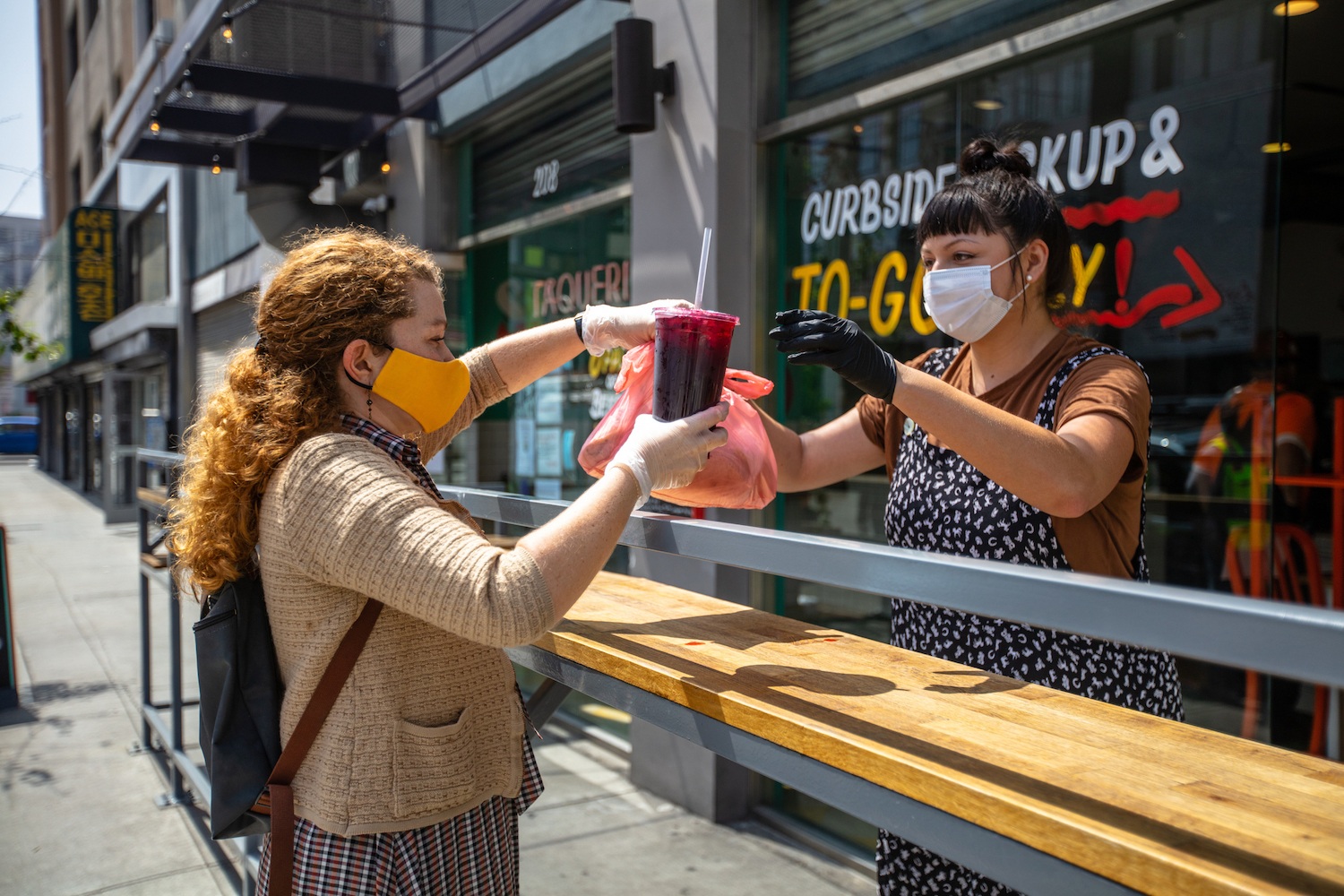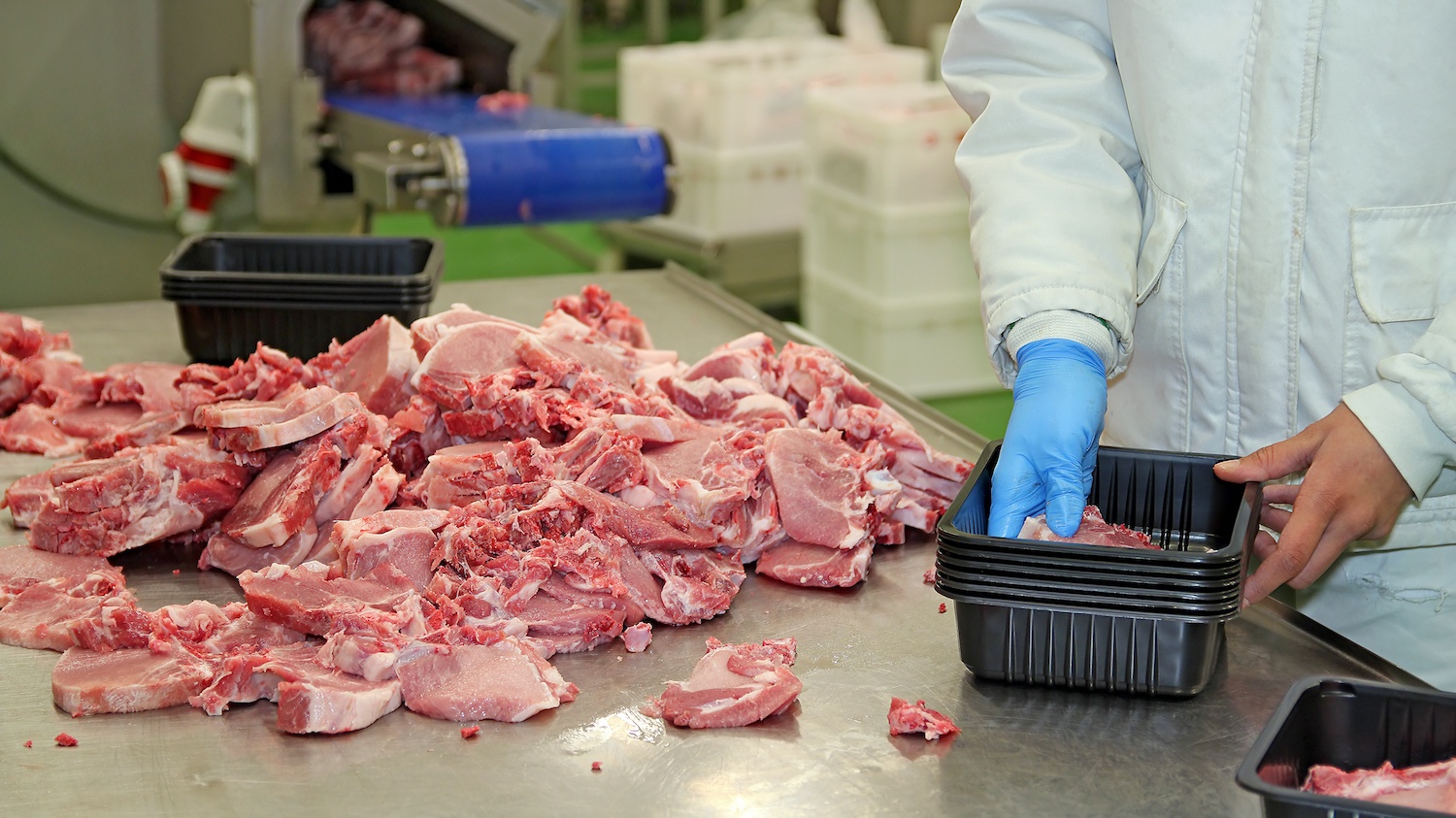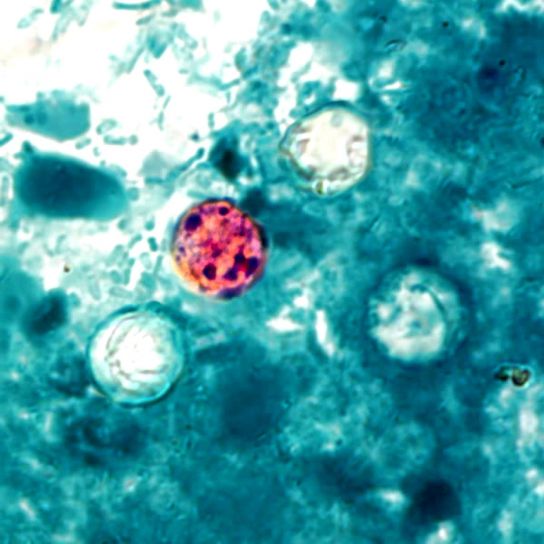
iStock/marieclaudelemay
In 2020, the number of cases of food poisoning—and the frequency with which we reported them—dropped significantly, a new study shows.
Last year, the coronavirus pandemic forced us to make a host of adjustments to our regular behaviors. But these abruptly adopted lifestyle changes may have also contributed to something unexpected: the largest single-year decrease in reported cases of foodborne illness in decades, according to a new report by the Centers for Disease Control and Prevention (CDC) published Thursday.
The new research, published in CDC’s Morbidity and Mortality Weekly Report, was based on preliminary data from 2020 and issued by the Foodborne Diseases Active Surveillance Network (FoodNet), which monitors laboratory-diagnosed infections caused by eight pathogens regularly transmitted through food. These include E. coli and salmonella. Cases of infection were reported to FoodNet personnel by clinical laboratories in 10 states, covering roughly 15 percent of the United States’ population.
In 2020, the frequency with which people reported a case of foodborne illness declined a whopping 26 percent.
When not in the midst of a global public-health crisis, roughly 48 million Americans get sick from a foodborne illness, 128,000 are hospitalized, and 3,000 die every year, according to CDC estimates. But the FoodNet data show that in 2020, the frequency with which people reported a case of foodborne illness declined a whopping 26 percent, from an average annual incidence of 50 cases per 100,000 during 2017 to 2019, to 37 cases per 100,000 in 2020. (FoodNet makes the comparison to the previous three years to better show the direction of trends.) The monitoring system also reported that last year there were 18,462 reported cases of infection overall, 4,788 hospitalizations and 118 deaths.
Last year’s decline marked the greatest single-year change in FoodNet’s 25 years of surveillance. “It’s an unprecedented drop,” said Elaine Scallan Walter, an associate professor of epidemiology at the Colorado School of Public Health and a co-author of the report.
Like other society-wide reductions we attribute to the pandemic—lower emissions, less spending on meals out and entertainment, for instance—we’re not entirely sure about all the reasons behind the drop. But the preliminary data may indicate that we reported fewer cases of foodborne illness because we contracted fewer cases. Or, it could mean that we just sought in-hospital treatment in fewer numbers if we did get sick.
Among the most prominent changes to our daily routines—back when we knew less about how the coronavirus was transmitted—was the near-religious dedication we felt to washing our hands.
For years, cases of foodborne illness have either increased or remained stable every year. But researchers suggest that the significant drop we saw in 2020 could be a result of the raft of public health protocols implemented to prevent the spread of the coronavirus. Although mandates by state and local officials varied and shifted throughout the year, beginning in March of 2020, millions of people suddenly found themselves eating more at home and less in restaurants, a common origin point for foodborne illness outbreaks.
And among the most prominent changes to our daily routines—back when we knew less about how the coronavirus was transmitted—was the near-religious dedication we felt to washing our hands. While researchers have found the virus that causes Covid-19 is more typically transmitted via airborne droplets than contact with another person or surface, the uptick in obsessive hand-scrubbing might also have had the unintended effect of protecting people from foodborne pathogens. (The CDC stresses that, pandemic or not, the proper way to wash your hands is with soap and water for at least 20 seconds.)
Additionally, cases associated with international travel dipped from an annual average of 14 percent between 2017 to 2019, to 5 percent last year—a majority of which occurred between January and March—likely due to shutdowns and travel restrictions across the globe. “That’s a really good image of the drastic change in behavior,” said Logan Ray, an epidemiologist at the CDC and lead author of the report.
Ray did note, however, that the decrease in cases may signal something else: many instances of food poisoning went unreported entirely. Doctors are required to submit a stool sample for testing when a patient presents with symptoms of a foodborne illness. But during the pandemic, people who would have sought in-person treatment in better times for stomach upset, vomiting, and diarrhea may instead have relied on virtual visits or simply tried to tough it out. This circumstantial change in people’s behavior when it came to seeking medical care likely influenced the number of cases that FoodNet showed in its data.
“It gives you the sense that once we start being out in the world again and re-engage in those activities and traveling, that we will likely see those increases again.”
The findings also showed that while reported cases significantly declined, the proportion of infections that resulted in hospitalizations increased by 2 percent in 2020 compared with the annual average from 2017 to 2019. The authors said that uptick might mean patients waited to get non-Covid-related medical treatment until their symptoms were undeniably severe.
While the sharp plummet in incidences of reported cases last year was the largest in FoodNet’s history, Ray said that “it is unlikely for this decreased rate of infections to persist.”
As people return to their pre-pandemic routines, be it eating out again or leaving the country for a vacation, infections are likely to shoot up. “It gives you the sense that once we start being out in the world again and re-engage in those activities and traveling, that we will likely see those increases again,” Scallan Walter said. Still, as the report’s authors wrote, foodborne illnesses are “a substantial and largely preventable public health problem.” If we maintain our hyperintense focus on safety and hygiene, we could certainly continue to mitigate the risk of contracting food poisoning.
“Hopefully some of the precautions that we took around Covid, around handwashing and things like that, people will maintain those, so maybe it will have some impact in the long run,” Scallan Walter said.








